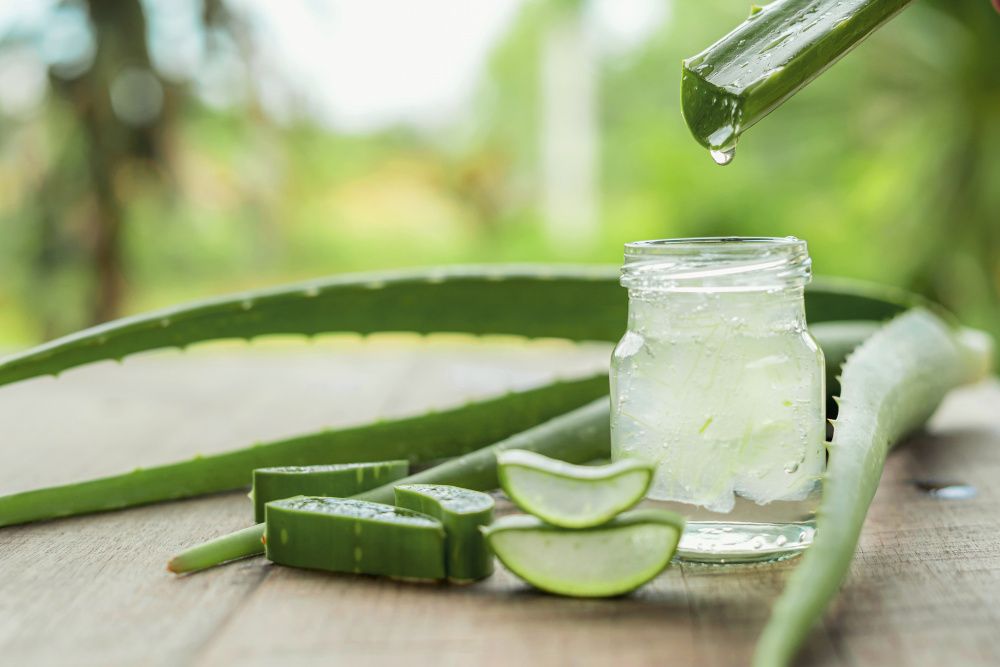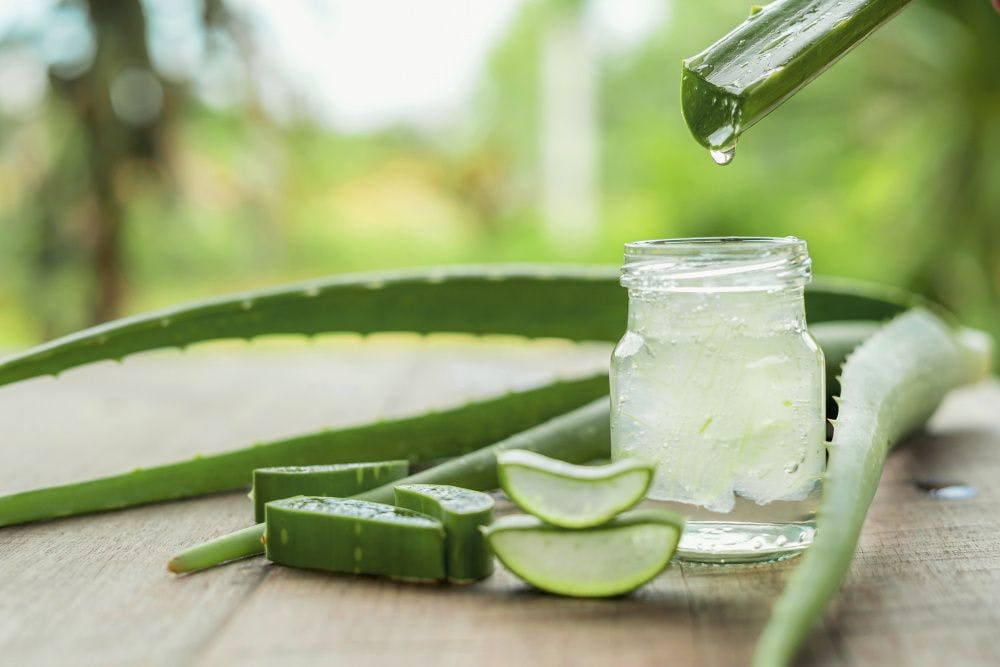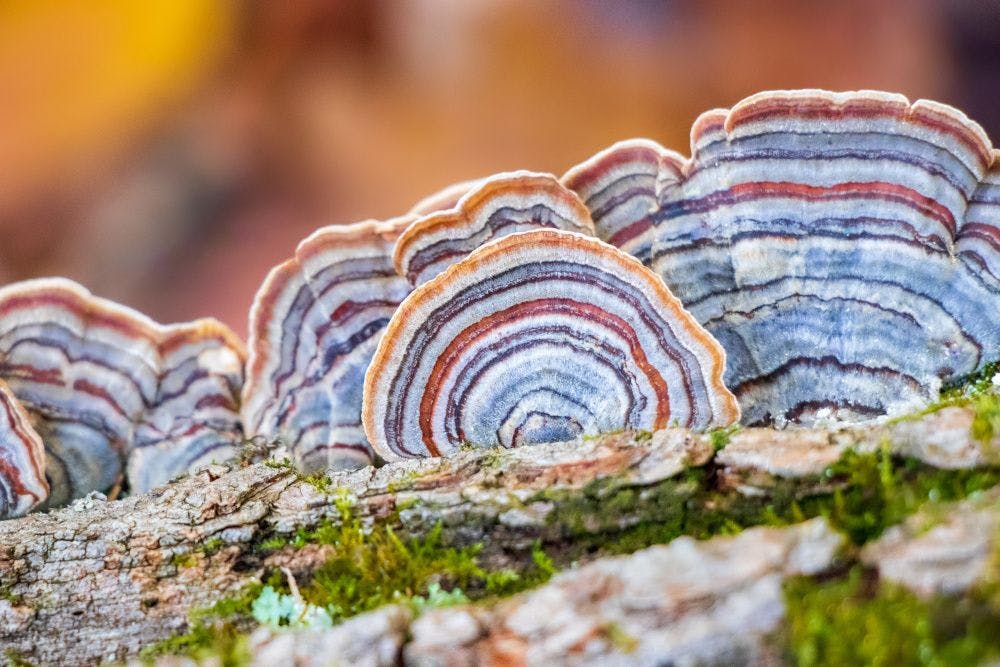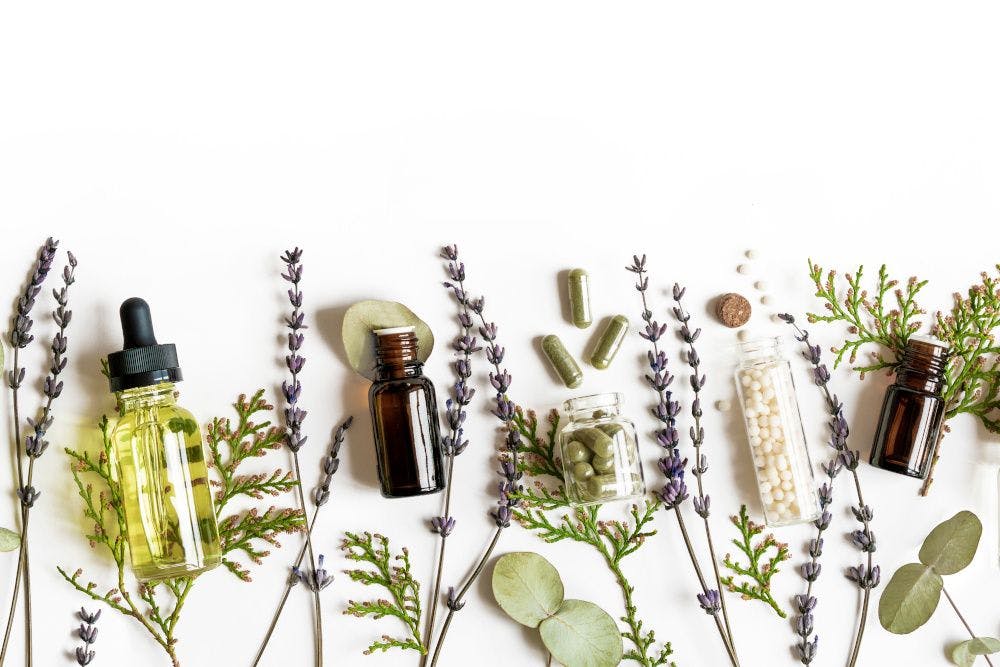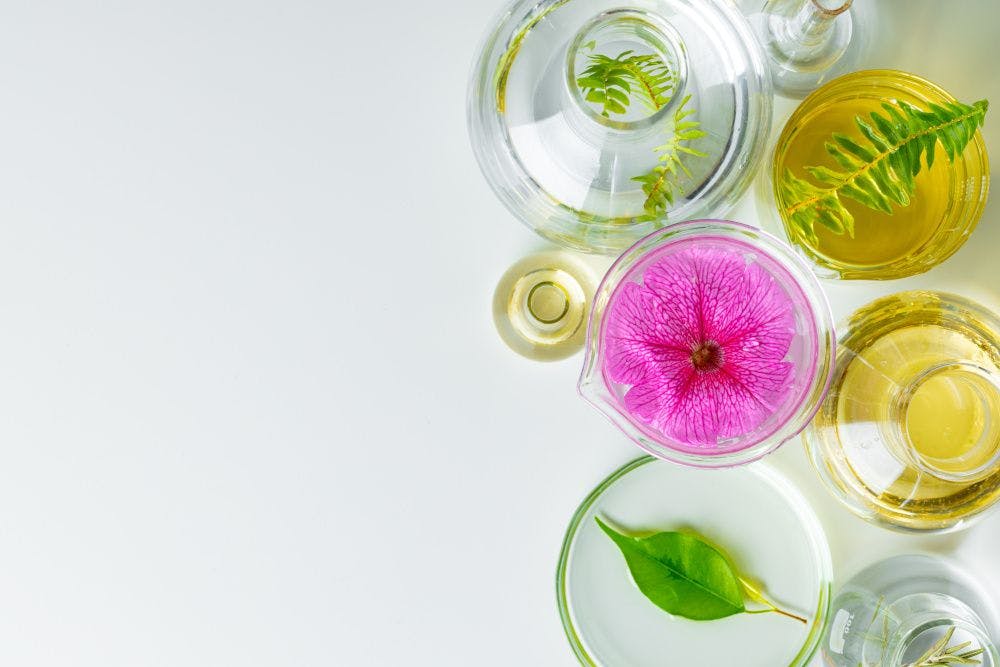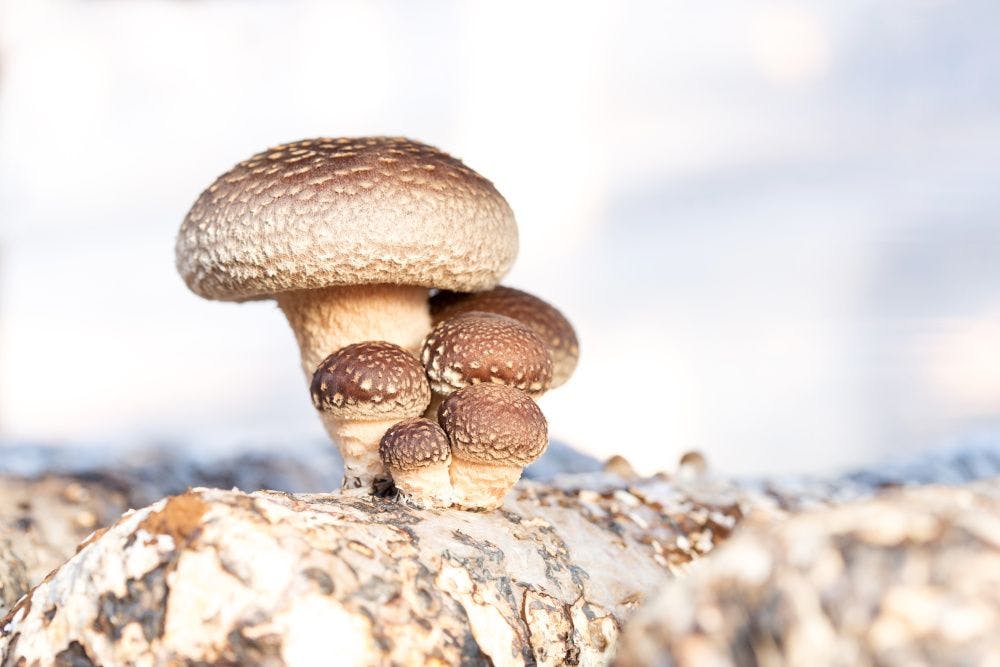Aloe vera is trending again. What do we know about this versatile plant?
What are aloe’s most common uses and misconceptions?
Individuals using Aloe vera for personal care are in good company. It’s said that both Egyptian queens Nefertiti and Cleopatra utilized this ingredient as part of their beauty regimens. But the benefits of aloe don’t stop at the skin. This versatile plant has a long history of being used in first aid care, to improve digestion, and to treat skin disorders, among other uses.
Recently, Aloe vera has been trending on TikTok and other social media platforms. While the interest in this ancient plant is refreshing, the importance of using aloe properly and understanding its different attributes is essential. What are the most common ways aloe is used? What key things should everyone know about this plant, and what are some of the most widespread misconceptions regarding its use?
Aloe’s Many Uses
Aloe vera has long been heralded as a skin soother, balm, and excellent moisturizer. It’s found in many personal care products: shampoo, lotion, after-sun products, hand sanitizer, and more. “It has a long history of topical use,” says Jane Wilson, executive director of the International Aloe Science Council (IASC; Silver Spring, MD). Wilson says Aloe vera’s use for skin conditions may have the longest history. During the pandemic, aloe has been a very popular ingredient in a certain personal care product. “Hand sanitizers are very drying due to the alcohol content,” says Wilson. “Aloe helps to counteract that.”
As mentioned, though, the benefits of Aloe vera go beyond the skin. It’s frequently taken internally, in dietary supplement products, says Wilson, along with food and beverage products. When taken orally, aloe is thought to be a natural laxative relieving constipation and potentially helping individuals who suffer from irritable bowel syndrome (IBS). According to an article on WebMD1, aloe may also help fight cancer, as the plant is full of antioxidants.
Aloe vera also plays well with other ingredients. “Something I’m starting to see in the marketplace is aloe being combined with other botanicals or other nutrient-types of ingredients,” says Wilson, “which are made up to make those ingredients work better.” One example she shares is pairing Aloe vera with cannabidiol (CBD) which she says creates better bioavailability.
Santiago Rodríguez is the technical director at Lorand Laboratories LLC, based in Texas. He says it’s exciting to see more dietary supplements utilize aloe in their formulations as well as it being used in beverages. “No doubt the marked increase in awareness of the importance of immune health is opening the door to more market share for aloe,” Rodríguez states.
Misconceptions About Aloe
While Aloe vera is a wonderful, versatile ingredient that can be used in many different applications, there are some common misconceptions about using it. “I think some of the misconceptions around aloe are similar to that of other products,” says Wilson. “People say that there’s no science to support it.” But that, Wilson points out, isn’t true. She notes that there are hundreds of articles on PubMed regarding aloe and its various uses.
Rodríguez says that people often question the safety of taking aloe internally. “Aloe taken internally as a nutritional supplement or food is not only beneficial but safe,” says Rodríguez. “Aloe has components, mainly an acetylated mannoside polymer known as acemannan that provides optimal nutritional support to immunity function.” Because of this, Rodríguez says, “It helps the body modulate immune function.”
It's important to know though, Wilson says, that not all aloe products are the same. IASC offers a certification program for both raw ingredients and finished products. According to Wilson, these products must contain at least 15% Aloe vera in their formulations to be certified. “We test the products to verify that the Aloe vera is present, and we look at some marker compounds to verify that it’s authentic,” says Wilson. There are currently around 50 companies represented in the certification program, with more being added regularly.
Aloe Is Widely Available
Unlike other trendy ingredients, some of which are hard to find or pricey, aloe is generally inexpensive and widely available in the United States. “It’s a very accessible ingredient,” notes Wilson. “People can grow it at home or buy leaves at the grocery store or natural food store and prepare it at home.” If they’re not into that though, Wilson says, there are plenty of created products with aloe in them.
Aloe is also an ingredient that spans age ranges. There’s been an increased interest in the ingredient on TikTok lately, says Wilson, where influencers are talking about their experiences of using aloe and how it’s improved their skin or digestion. “It’s exciting to see how information about Aloe vera is changing with time,” Wilson says. “A new generation is becoming interested in and excited about Aloe vera.”
Reference
- Ed. Smith MW. “Health Benefits of Aloe Vera Juice.” Nourish by WebMD website. Updated August 6, 2020.
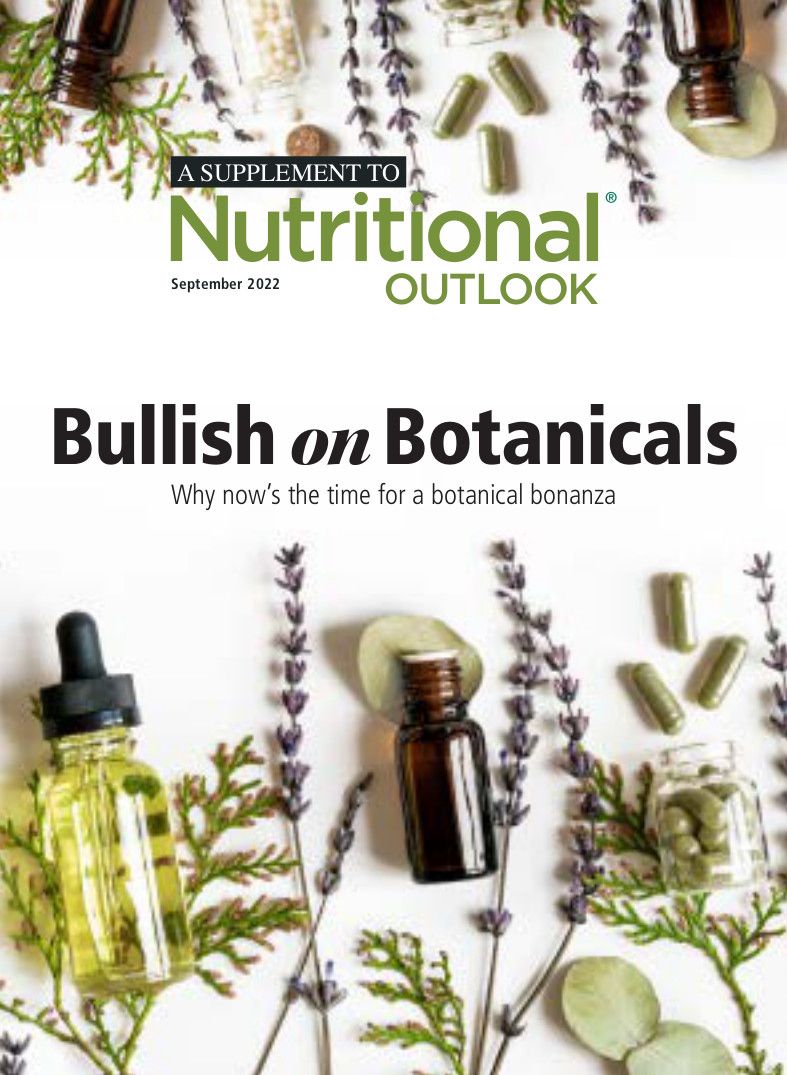
Prinova acquires Aplinova to further increase its footprint in Latin America
April 7th 2025Prinova has recently announced the acquisition of Brazilian ingredients distributor Aplinova, which is a provider of specialty ingredients for a range of market segments that include food, beverage, supplements, and personal care.


